Zen, 禅, Buddhism
Zoge, 象牙, Ivory
Celebrating the last day of this challenge with a two-for-one. Zen, the Japanese school of Mahayana Buddhism emphasising the value of meditation and intuition, and Zoge, the Japanese word for Ivory.
Rather than dump more info on you, I thought I would just let this statue speak for itself. There’s a grounded beauty in its simplicity I could never hope to explain properly. This ivory Buddha belonged to my grandmother. Both my father and I grew up playing with it. The texture on his head is incredibly soothing, and I have strong tactile memories of running my fingers over it whenever I was allowed to take it off the shelf where it was displayed.
Please note, I absolutely don’t condone the sale, trade, or collection of ivory. This piece is from a time when people had different mentalities and knowledge about this sort of thing. It’s treasured by our family and we appreciate it for what it is, and have no intention of ever letting it go back on the market.

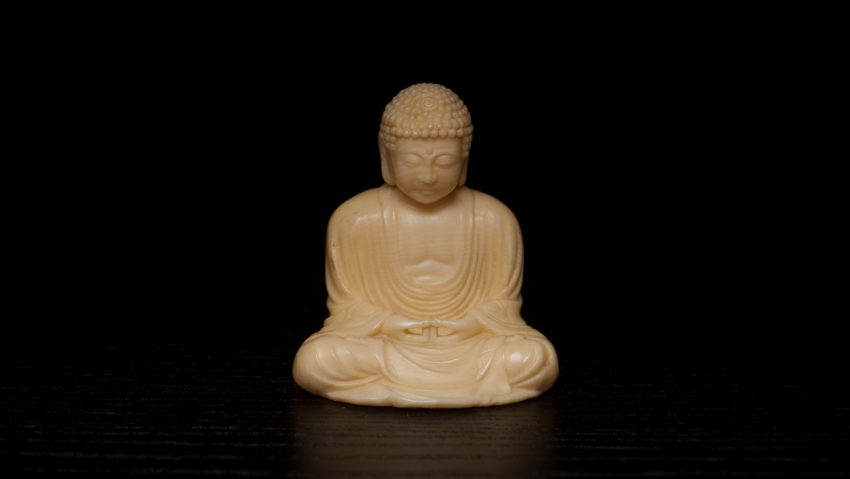
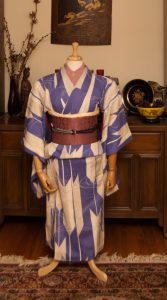
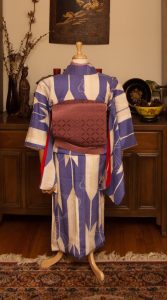
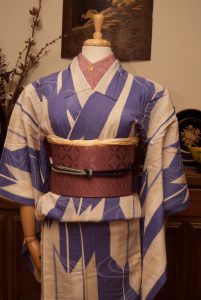
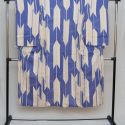
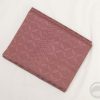
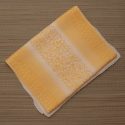
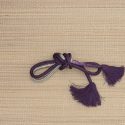
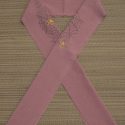
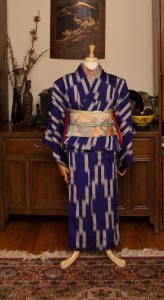
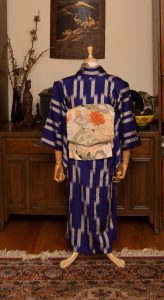
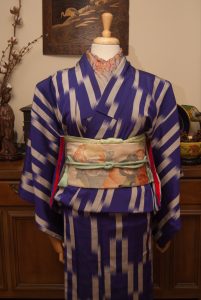
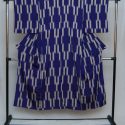
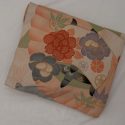
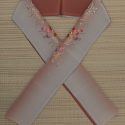
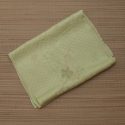
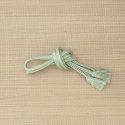
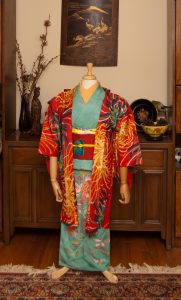
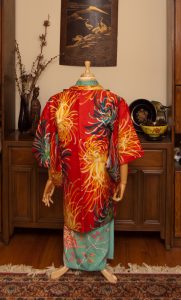
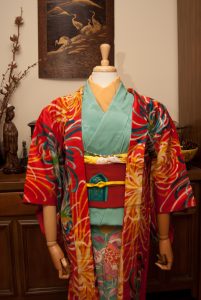
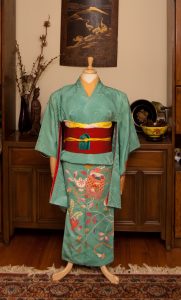
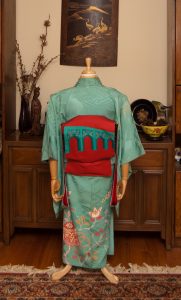
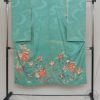
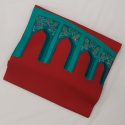
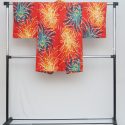
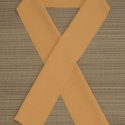
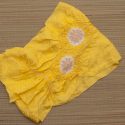
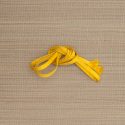












 Bebe Taian
Bebe Taian CHOKO Blog
CHOKO Blog Gion Kobu
Gion Kobu